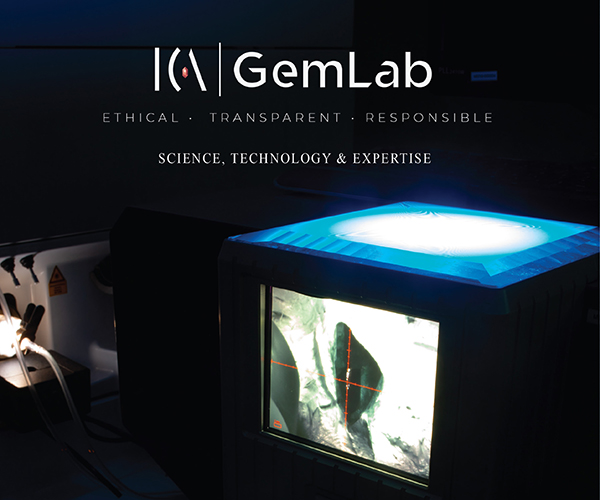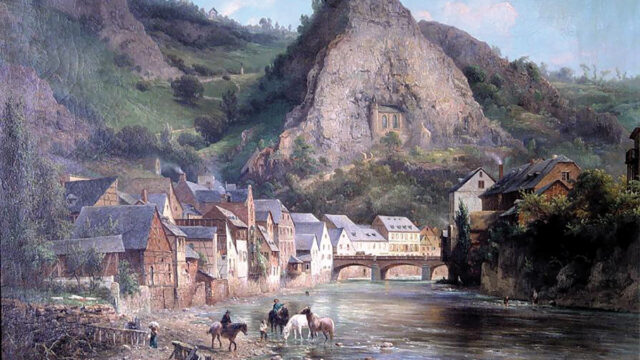
A small but internationally important town in the German Hunsrück region, Idar-Oberstein has enjoyed a strong reputation on the international stage with its gemstone trade for many years. Experts such as traders, cutters, carvers and diamond workers from Idar-Oberstein benefit from a centuries-old infrastructure and experience in handling precious materials. It is no surprise, then, that the craftsmanship of colored gemstone and diamond cutters from this region is admired worldwide, rightfully carrying the label “Made in Germany.” Terms like “Finest cutting by German craftsmen” and “Recut in Germany” are highly respected in international trade circles.
A Bit of History
It was likely the Romans who began mining and processing agates in the Nahetal region. Around 1375, Otto von Diemeringen, a canon at Mainz Cathedral, reported agate findings from this area. Since then,there have been recurring reports of agate mining and processing in and around Idar-Oberstein. In 1774, Cosimo Alessandro Collini, director of the Electoral Cabinet of Natural History in Mannheim, documented the occurrences and extraction of agates in the territory of the Lords of Idar-Oberstein.
Around 150 agate mines were known, mostly opencast mines rather than underground mining. One of these rare mines, the “Steinkaulenberg,” is now open to visitors. Since the Middle Ages, there were numerous gemstone cutters in economic centers of the Holy Roman Empire such as Freiburg im Breisgau, Nuremberg, Augsburg, Prague, Milan, and Florence, among others. However, many of these workshops did not survive, and become insignificant with the depletion of the local resources that they processed.
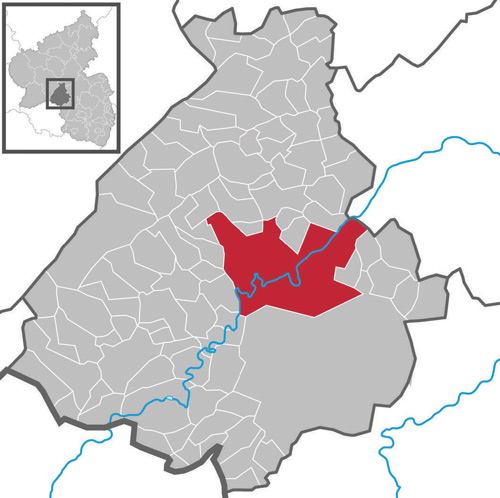
in the Rhineland Palatinate region of Germany
Despite wars and devastations that affected the region, Idar-Oberstein and its cutting shops persisted. Their history mirrored similar fluctuations, setbacks, and periods of resurgence that were typical of life in this troubled region of Central Europe. A significant advancement occurred during the Industrial Revolution. Emigration from Idar-Oberstein led to the discovery of new gemstone deposits in South America, and extensive travel took some Idar-Obersteiners to Africa, Asia and Australia.
Idar-Obersteiners were involved in the discovery of nearly all new gemstone deposits in the 19th and 20th centuries. They laid the foundation for Idar-Oberstein to become a global gemstone center, where all known gemstones are cut and traded, along with the associated crafts and processing techniques.
The Trade in Rough Stones
The indispensable trade in rough stones provided the foundation for Idar-Oberstein’s development into a global colored gemstone center, enabling it to withstand political and economic catastrophes and foster its development in recent decades. The knowledge accumulated over centuries by gemstone experts from Idar-Oberstein gave them a significant advantage in assessing mining sites. Their extensive global travels acquainted them with the mentalities and customs of various countries, which formed a basis for their success. Equally crucial were their skills in sorting qualities, as well as in cutting, sawing, and preparing batches. The proper treatment of rough stones determined how quickly they could be turned over and at what profit or loss.
All of this underscores the eminent importance of the rough stone trade for the German gemstone center. Traders secured a steady flow of necessary raw materials through investments in mines or long-term contracts. They managed to replenish their stocks even during times of political and economic unrest in the countries of origin, thus mitigating significant price fluctuations.
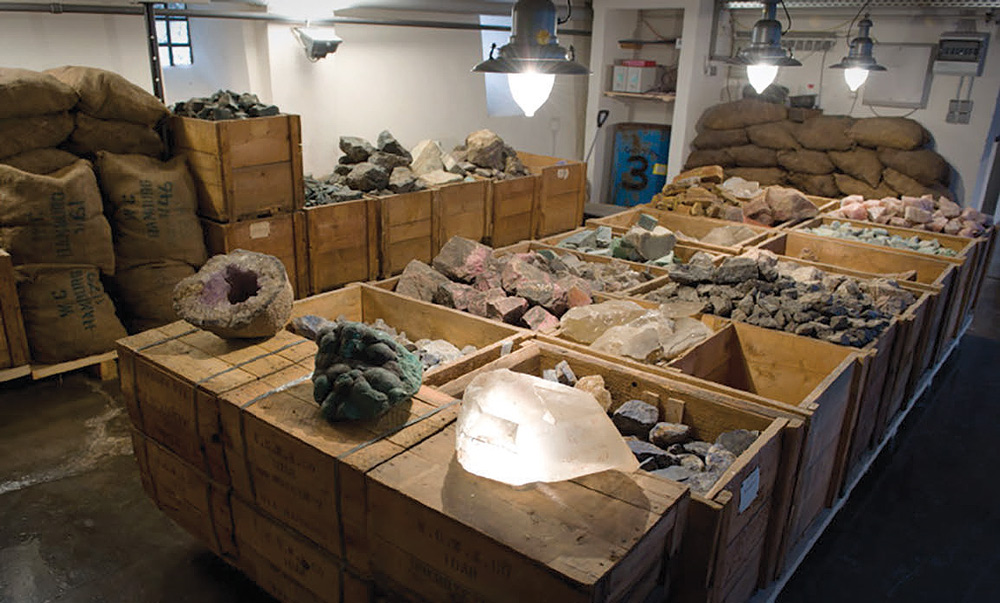
Gemstone Cutting
The origin of the industry in Idar-Oberstein dates back to the occurrence of rough stones from the quartz group, primarily agate, jasper and amethyst in the Saar/Nahe mountain region. Until the end of the 18th century, these were the only sources of raw materials. The processing techniques and the nature of the processing tools were based on their chemical and physical properties.
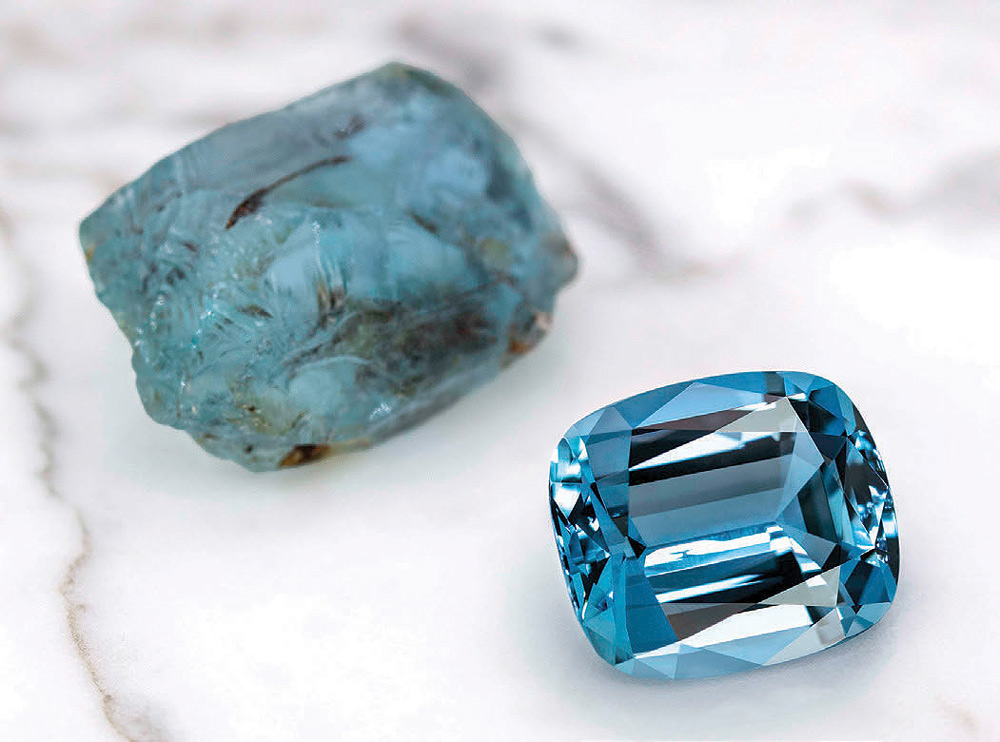
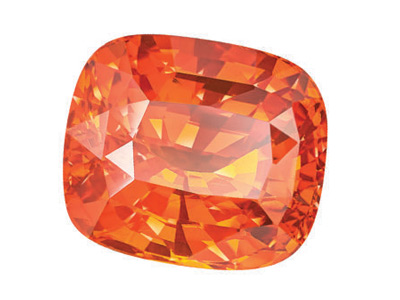
by Constantin Wild.
For a long time, the hardness of the natural, vertically rotating sandstone with its quartz content (hardness 7) determined which stones could be polished. It wasn’t until the harder gemstones from new overseas discoveries reached Idar-Oberstein that the lapidary industry developed from 1875 onwards, using horizontally rotating lead and tin discs and employing new abrasives. This allowed nearly all gemstones to be worked on.
Due to their high hardness, specific techniques had to be applied for diamonds, including the use of different materials such as steel discs and diamond powders of varying grades, which required learning special techniques in Antwerp and Amsterdam. The first diamond cutting workshop was established in Idar-Oberstein in 1886. The abundant supply of diamonds and the expertise of local gem cutters in cutting colored gemstones facilitated the flourishing of a diamond industry that provided many thousands of jobs.
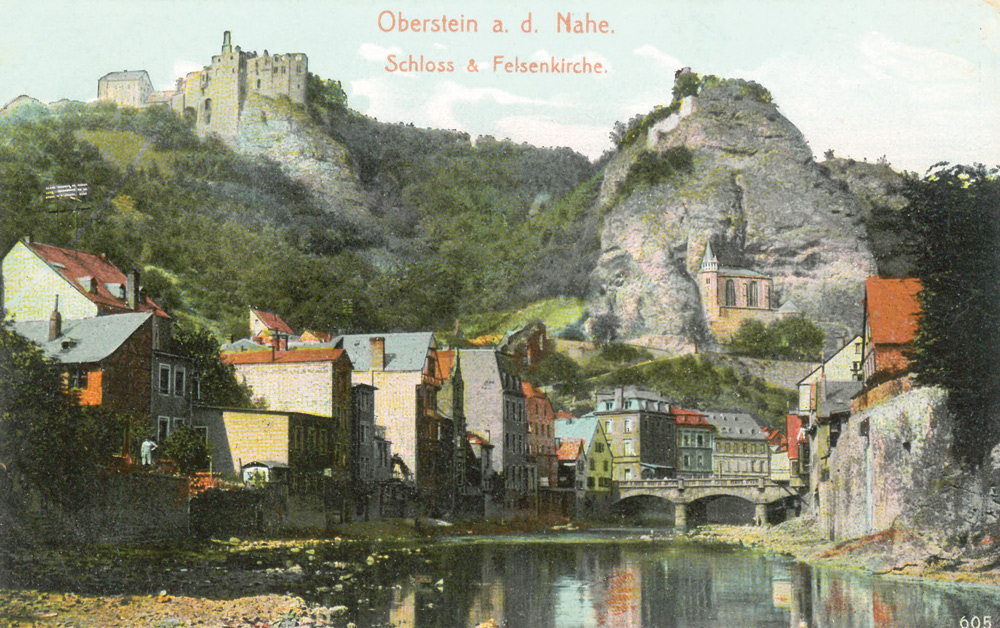
When political circumstances severed German diamond firms’ access to raw materials through De Beers, many European and overseas diamond traders utilized the skills of local diamond cutters by having their rough stones processed in Idar-Oberstein, Pfalz and Hanau on a contract basis. By the mid-1950s, thousands of cutters were employed in this manner. However, wage developments in Germany eventually curtailed the growth of the diamond industry.
Today, Idar-Oberstein primarily produces larger stones and fancy cuts where the skills of the craftsmen play a greater role than wage levels. The importance of industrial diamonds and their use for technical purposes (diamond tools, diamond-tipped drills, etc.) have significantly increased compared to diamonds in jewelry.
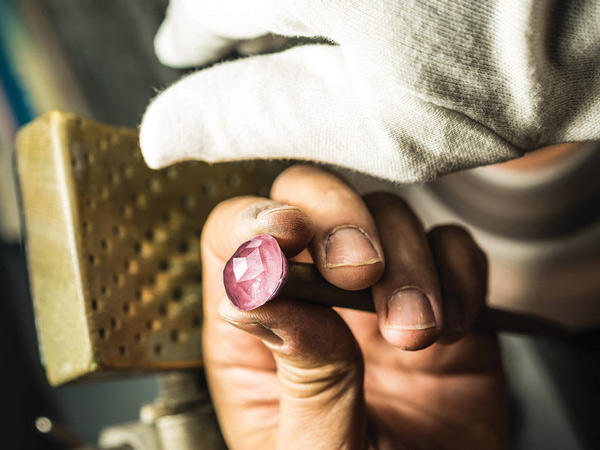
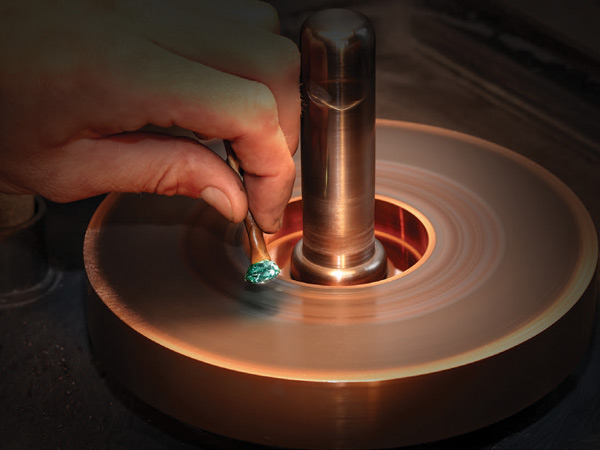
In the realm of colored gemstones, Idar-Oberstein has especially become a center for stones originating from new discoveries or from countries where the lapidary industry is not well-developed. Local cutters have acquired such high expertise and experience that, even today, stones from new discoveries in many countries, including those with their own gem cutting industries, are sent to Idar-Oberstein to benefit from local knowledge in stone treatment and processing. While the correct application of facets, consideration of proportions, and cutting angles are of great importance, the proper treatment of the raw stone largely determines the quality of the finished product, skills that have not been mastered even after decades in some overseas centers.
The German gemstone industry, however, is not limited to producing individual pieces or small series of fine gemstones by hand. It also processes imported batches in larger quantities ranging from top-quality to midrange segments. In the past, this was typically done by working on sandstones, holding the stones to be faceted by hand, resulting in shorter processing times—a specialty of Idar-Oberstein. Numerous small homebased businesses in the surrounding area operated in this way, which was a fascinating method of processing not practiced anywhere else in the world.
With Germany’s economic recovery, it became increasingly difficult to train enough new artisans in this traditional method. Moreover, despite the advantages of grinding and polishing, the wage levels in Germany eventually made mass production by hand too expensive. Therefore, a number of companies began to mechanize and automate the processing of gemstones, ultimately using CAD and CNC technology. This not only reduced production costs but also improved the quality of cutting.
Despite modern and cost-effective mass gemstone processing, Idar-Oberstein faces significant competition on the global market from low-wage countries. However, the accumulated expertise over generations, especially in faceting gemstones of all types, cuts and specialties continues to secure market share and maintains the region’s outstanding position in the medium to finest quality segment. New cuts are increasingly becoming crucial in this context.
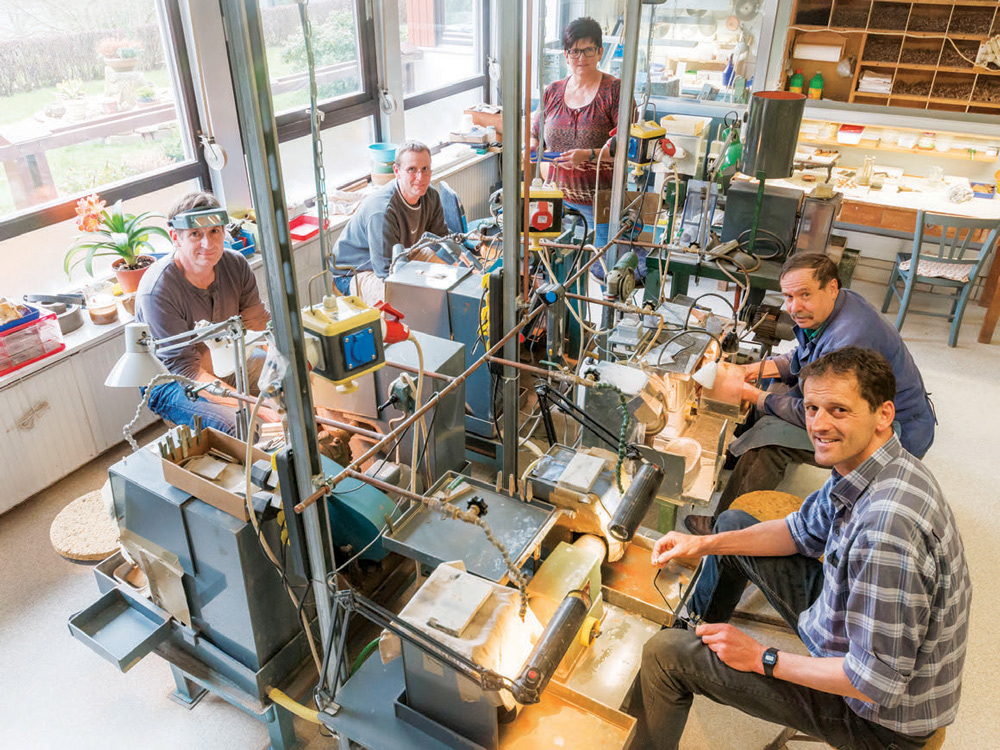
Gemstone Bowls
In many museums and churches around the world, chalices, bowls, and similar items made from local materials in the region can be seen, and were once sent to various princely courts. Fortunately, there are still artisans who excel in this field and have been awarded state and honorary prizes for their outstanding work. Idar-Oberstein holds a globally unique position in this regard, further solidified by significant advancements in the artistic realm in recent years.
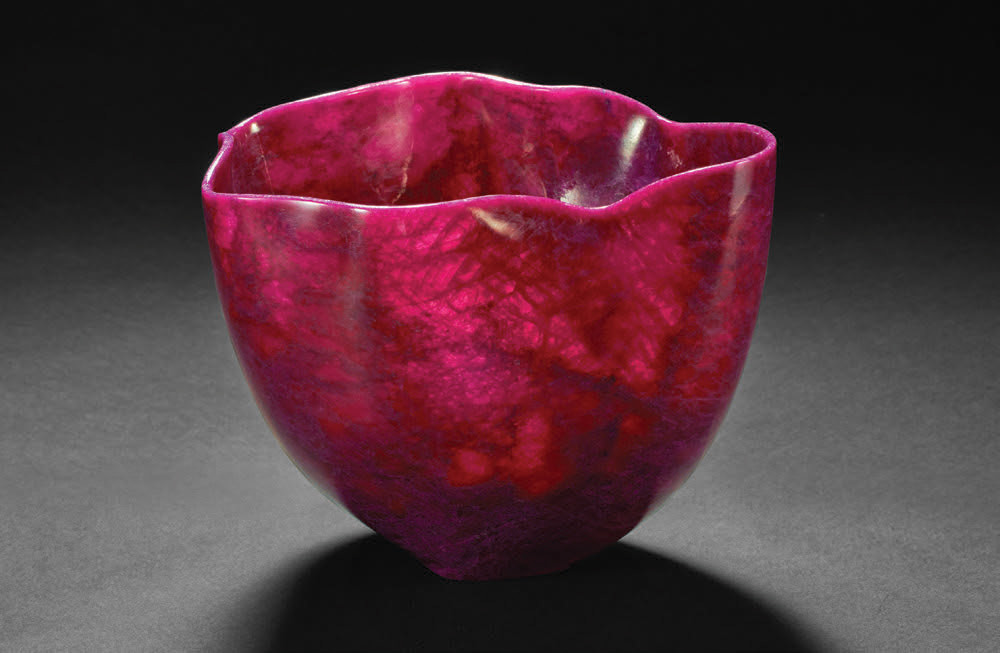
Carvings, Cameos, Engravings and Objets d’Art
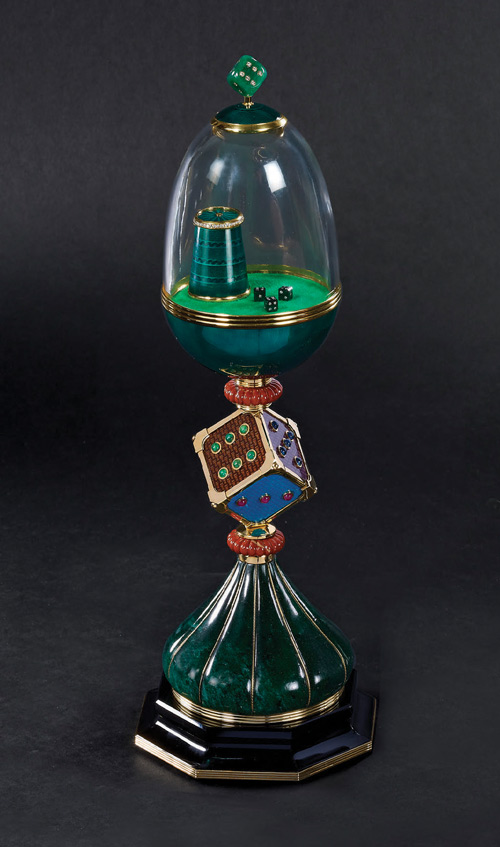
by Emil Becker – Manfred Wild.
A highly significant branch of the gemstone industry is the production of carvings and engravings of various kinds. This craft, which has been continuously evolving in Idar-Oberstein since the mid-19th century and is reaching its artistic zenith for its finest works, produces creations that rival the outstanding pieces of antiquity in terms of quality.
There likely isn’t another gemstone center in the world where small sculptures, cameos, intaglios, coats-ofarms and other objects are found in such high quality. This art thrives not only on the artisan’s craftsmanship but also on their sensitivity to the stone being worked and their experience in bringing out what can be created from it. Fortunately, training in this field has been lively in recent years, offering hopeful prospects for the future in this area.
Remarkable and unique art objects made of gemstones continue to emerge from the region of Idar-Oberstein. The artists who create them are known around the world, with creations that grace the halls of the world’s major museums as well as the collections of gem aficionados.
To list but a few with international prominence: Atelier Munsteiner, Emil Becker, Henn, Pauly, Michael Peuster, Gerhard Schmitz and Andreas Roth and Patrick Dreher, among many other talented creators. See the following article on carvers in Idar-Oberstein for more details.
The Munsteiner family recently lost its patriarch, Bernd Munsteiner, in June 2024, as well as his son Tom Munsteiner in December 2023. Known for their Fantasy Cuts, the Munsteiners create crossover art, between specialized cutting and carving. The company not only sells the art pieces but also creates remarkable jewelry designed by Jutta Munsteiner, wife of Tom.
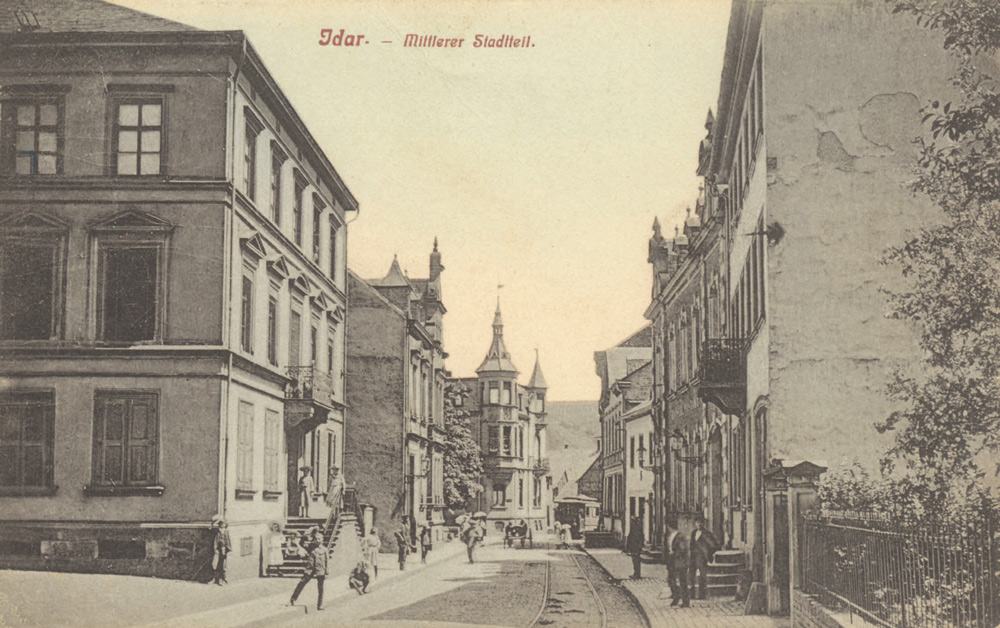
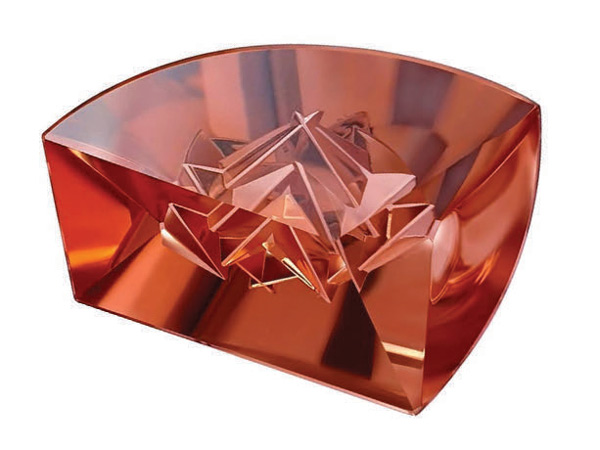
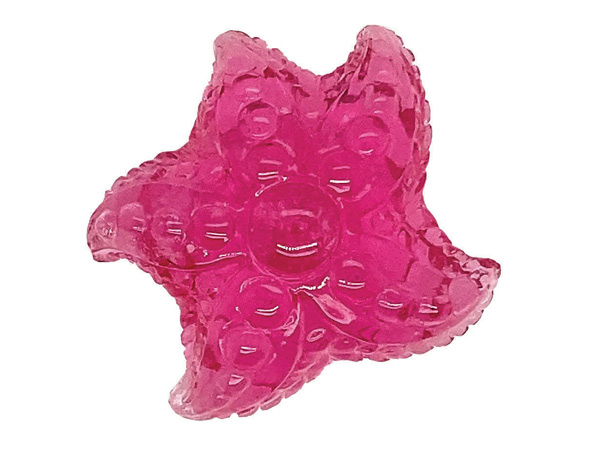
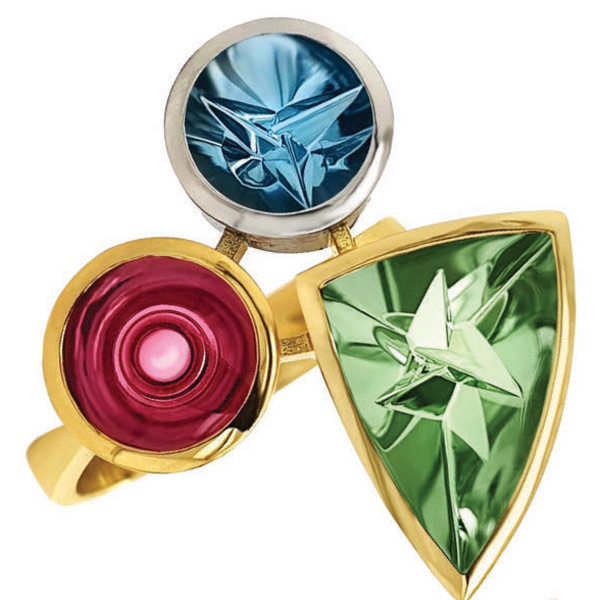
Gemstone Jewelry
Since the 18th century, there have been larger workshops and factories in Idar-Oberstein dedicated to further processing gemstones for jewelry. Numerous goldsmiths and gem setters have been active in smaller and larger enterprises, crafting both custom jewelry pieces and industrially processed jewelry.
Even costume jewelry from Idar-Oberstein continues to enjoy an excellent reputation on the world stage, despite stiff competition. Collaboration “close to home” between cutters and goldsmiths is crucial in gemstone jewelry production, and nowhere is it better practiced than here.
The Trade in Cut Gemstones
Production is indeed a vital and indispensable part of the gemstone industry, but many companies in Idar- Oberstein have maintained close relationships with various gem cutting and trading centers around the world for generations. Undoubtedly, the import and sale of cut gemstones in Idar-Oberstein have increased significantly in recent decades and continue to grow. This growth does not contradict efforts to promote production through better training of artisans and the development of state-of-the art machinery. Idar-Oberstein is, in fact, the only place where truly all gemstones found worldwide are traded and cut.
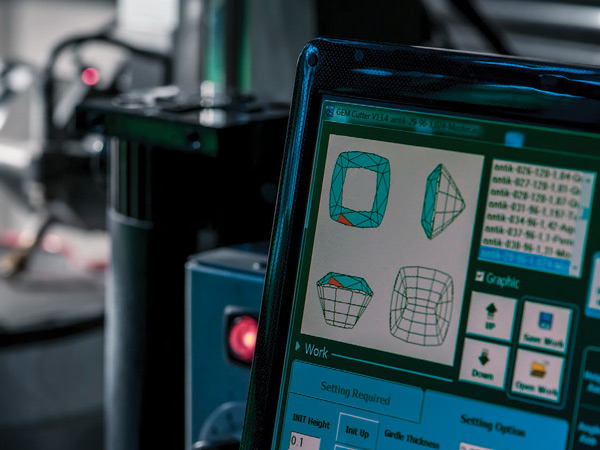
to help create the best gemstone cuts.
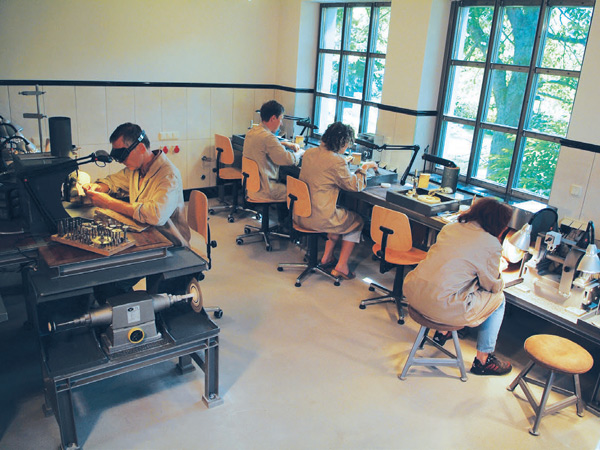
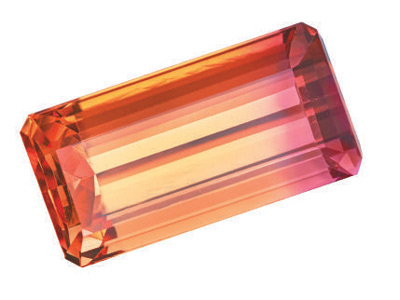
To uphold and meet this claim, it is necessary to meticulously examine the market and especially the supply of raw stones. Only constant travel to various gemstone centers across all continents provides the necessary market overview, an essential prerequisite for favorable purchasing. Therefore, owners or members of well-known local gemstone firms spend many weeks and months each year traveling to review offers and purchase at market-appropriate prices. The purchases are determined by the needs of the German market as well as the global market. These needs are met through extensive sales organizations or close contacts with respective jewelry centers.
The unique inventories and assortments of rough and cut gemstones of all kinds at the Idar-Oberstein site serve as buffers to dampen price fluctuations and bridge supply shortages. Moreover, they form the basis of rapid and comprehensive customer service, enabling deliveries and selections to be sent to customers within days. This service for the German, European and global markets is a hallmark of Idar-Oberstein and is unmatched by any other gemstone center.
The INTERGEM trade fair for gems and gemstone jewelry, held annually for over 30 years since 1985, further strengthens Idar-Oberstein’s position as a trading hub for all types of gemstones. The construction of the new Idar-Oberstein fairgrounds in the Nahetal industrial park, which serves as the “new home” for INTERGEM with a total exhibition area of approximately 4,600 square meters, further contributes to this position. Additional events focused on gemstones and jewelry have also been hosted there, enhancing, even further, Idar-Oberstein’s status as the gemstone capital along the Nahe River.
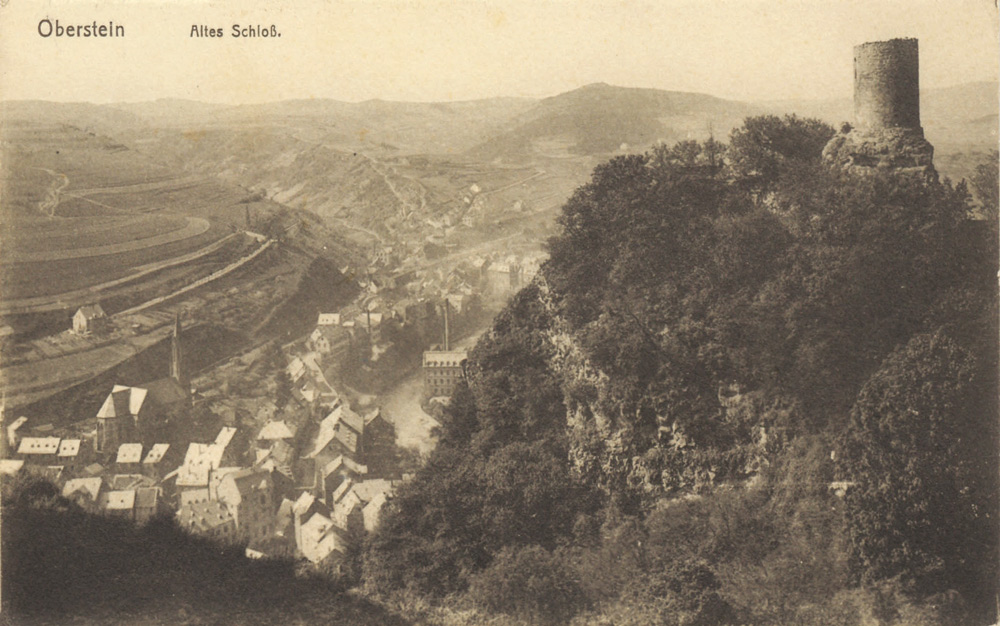
Synthetics, Technical Stones, Diamond Tools
A special, but by no means marginal, position is held by the production and processing of synthetic gemstones – including the cultivation of laser crystals used in medical technology – as well as the manufacture of technical gemstones (e.g., polishing stones), and notably, the significant branch of diamond tool production, such as diamond-coated grinding wheels and drills for metal and gemstone processing. Recently, this has extended to also include diamond-coated medical devices (scalpels). These areas have positioned Idar-Oberstein and the surrounding region as competitive high-tech hubs, crucial pillars of an industry that has specialized right down to the finest details, successfully asserting itself in the global market.
A Brief Look at a Few of the Major Gem Cutters, Among Many Others
From Two to One. From two family businesses with long-standing traditions emerged one company, Groh & Ripp. It was founded in 1953 by Karl Groh and Heinrich Ripp, both from families with deep roots in the gemstone trade. Through their expertise and passion for gemstones, they quickly built a solid customer base and established a reputation both nationally and internationally. With over 130 years of combined experience, Groh & Ripp offers a wide range of colored gemstones, available in rough and cut forms, with emphasis on the quality and origin of the gemstones. The in-house cutting facilities are equipped with stateof- the-art technology, and their staff consists of highly skilled professionals who understand their craft. Groh & Ripp also provides setting and gem refining services.

From One to Two. An example of gemstone companies rooted in their names can be found in HC Arnoldi and Arnoldi International. In 1919, Carl Friedrich Arnoldi founded the gem-cutting workshop under his name. Through his contacts, he obtained rough stones from South America through friends and acquaintances. When unique blue aquamarines were discovered in Brazil in 1921, Carl Friedrich invested in them. His son Erwin Arnoldi revived the business, which had almost come to a standstill after the upheavals of World War II, and expanded the network of rough stone suppliers in Africa. As a co initiator of an Idar-Oberstein purchasing company, he was intrumental in bringing tanzanites to Idar Oberstein. Erwin passed on his love for gemstones to his two sons, René and Hubert.
Over time, Hubert Arnoldi took on the responsibility for sourcing and processing raw materials. Through his specialization in rough stone procurement, Hubert Arnoldi maintained and established important contacts. René Arnoldi, responsible for sales, focused on the market in the United States and was a co-founder of the American Gem Trade Association (AGTA) in 1981. The company has been an INTERGEM exhibitor from the beginning, providing a positive influence on the fair.
In 2017, the Carl Friedrich Arnoldi company split into two companies: HC Arnoldi, led by Hubert Arnoldi and his children Carl-Philip and Isaline, and Arnoldi International, led by René Arnoldi and his son Alexander. In both companies, the fourth generation is already involved in succession, continuing the long family tradition.
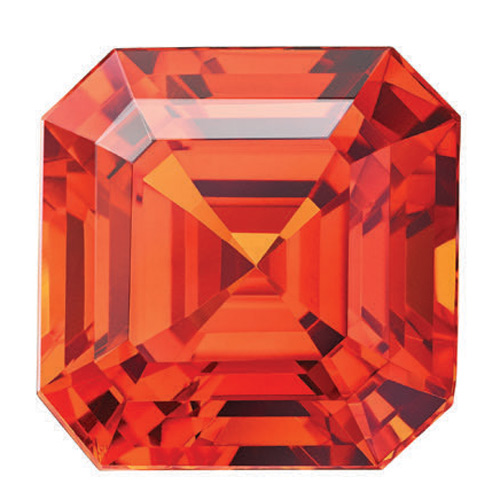
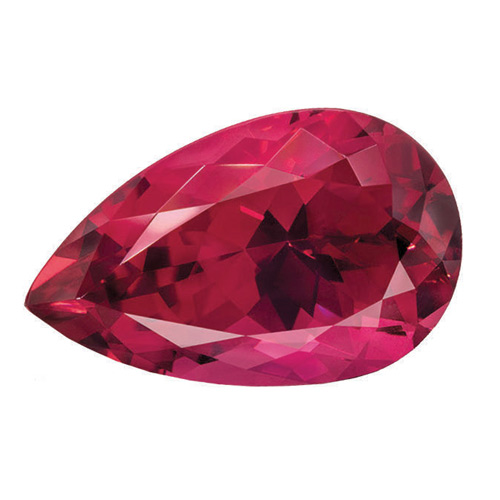
The Widespread ‘Wild’ Names. The surname Wild is among the most common in Idar-Oberstein. Several families of gemstone traders and cutters bear it. For some of these families active in the gemstone trade today, their lineage can be traced back nearly 500 years.
Constantin Wild. The family history has been meticulously preserved since the birth of Johann Nicole Wild in 1673, who married the daughter of a colleague, a lapidary (agate cutter). Their son Johannes, born in 1711, learned the craft of goldsmithing and was among the founders of the goldsmith’s guild in Idar- Oberstein. In 1820, Johann Carl Wild was born (he was the great-grandfather of the current company owner Constantin Wild). After completing his apprenticeship as a goldsmith, the 21-year-old Johann Carl worked as a journeyman goldsmith in “distant lands” such as Hamburg, Hanover and St. Petersburg. Upon his return Johann Carl Wild IX’s business thrived, and he expanded into the gemstone trade and medium-sized stone cutting. The firm J.C. Wild IX showcased its products at world exhibitions in Philadelphia (1876), Sydney (1879), and Melbourne (1880), where it won awards. Since 1996, fourth-generation gem expert Constantin Wild has been at the helm, still with the same values as 175 years ago, upholding the same reputation for cutting and trading the world’s rarest and most precious gems.
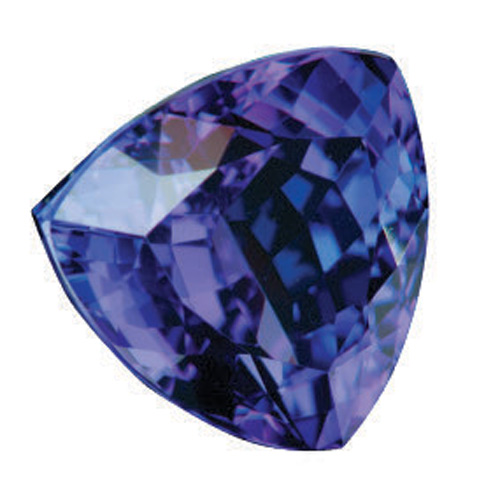
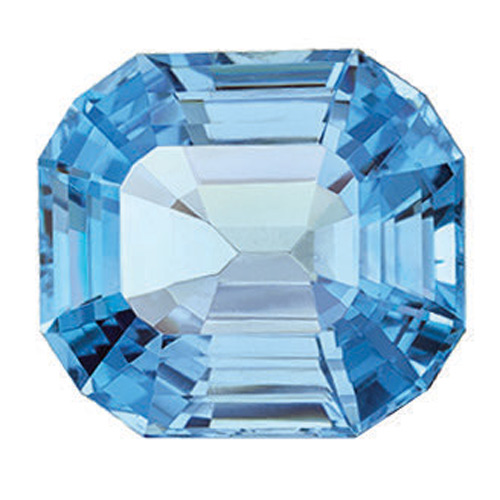
Paul Wild. The legacy of Paul Wild began in Kirschweiler in 1660. The deep knowledge of gemstones, along with the art of cutting, has been passed down through ten generations of the Wild family. In 1927, Paul Wild established a gemstone cutting facility, and his passion for exquisite stones and meticulous craftsmanship set the stage for the company’s enduring success. In 1974, after Paul’s passing, his son, Hans Werner Wild, took the helm and made a groundbreaking decision to acquire shares in an African mine, granting them direct access to high-quality gemstones. During the 1980s, Paul Wild expanded its portfolio, moving beyond its reputation for beautiful tourmalines and aquamarines to include a broader range of precious stones. By showcasing their unique creations and diverse offerings at events worldwide, including in Hong Kong, Beijing and Shanghai, Paul Wild solidified its status as a market leader in colored gemstones. The entry of Markus Paul Wild into the business in 1992 marked another pivotal moment. He expanded the mining strategy, acquiring significant operations for gems in Brazil and Tanzania, and forging long-term trading relationships.
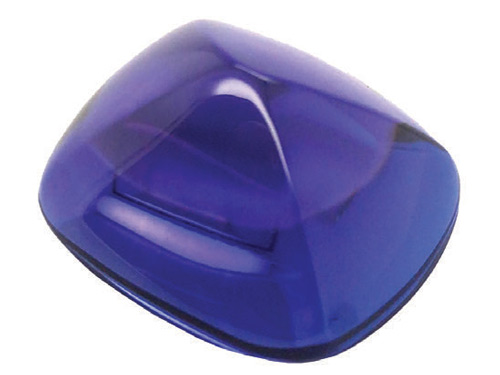
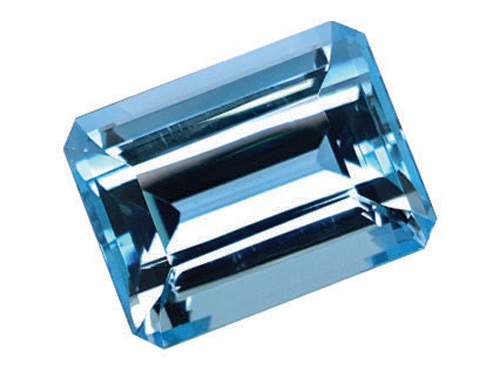
Emil Becker KG – Manfred Wild. Based in Kirschweiler, the company is led by Ute and Manfred Wild. In both the families of Becker and Wild can be traced the tradition of gemstone cutting back to 1639. Today, the company is mostly known for its award-winning objects made from gemstones and precious metals. Its creations are exhibited in places such as the Gemstone Museum in Idar-Oberstein, the Smithsonian Institution in Washington DC, USA and in numerous significant private collections, including royal households worldwide. The fascinating works range from ship models to cars, chocolates, ice cream dishes, watches, bouquets, egg creations, musical objects and more. The family’s lineage includes the first gemstone cutter born in 1639, and they have remained seamlessly involved in the gemstone trade to this day.
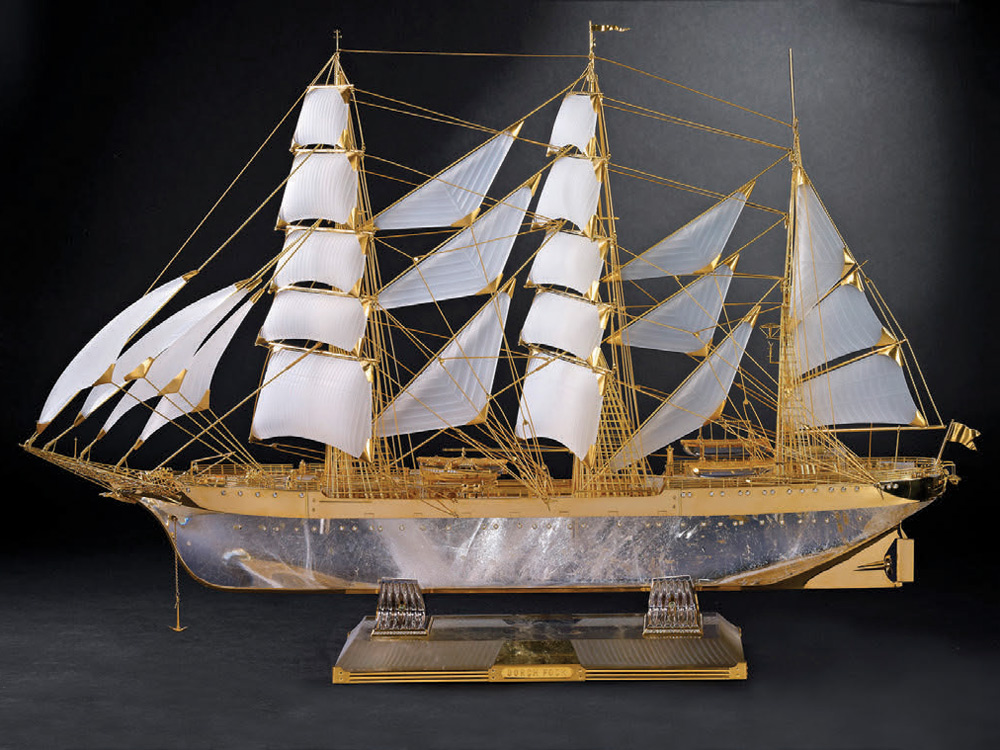
The World’s Oldest Opal Cutting Workshop. Emil Weis Opals was founded in 1905 in Kirschweiler, Germany at a time when the opal business was small and opals were largely unknown in the world of gemstones. Few dared to venture into the wild Australian Outback at that time but, in 1895, the adventurous Wilhelm Dreher, on behalf of the neighboring Idar-Oberstein gemstone firm Treibs, brought back the first raw opals to Idar-Oberstein. It was during this period that Emil Weis began his career as a gemstone cutter. After his initial encounter with this magical gemstone, he convinced his brother Otto to join him in establishing a new company specializing in the sourcing, cutting and sale of opals. Helmut Weis, the youngest son of the founder, took over the reins in 1957 with two of his siblings. Today, in its third and fourth generations, the company is led by Jürgen Schütz and his daughter Tanja Schütz. Jürgen regularly travels to opal mines worldwide to acquire the highest quality opals directly from the source.
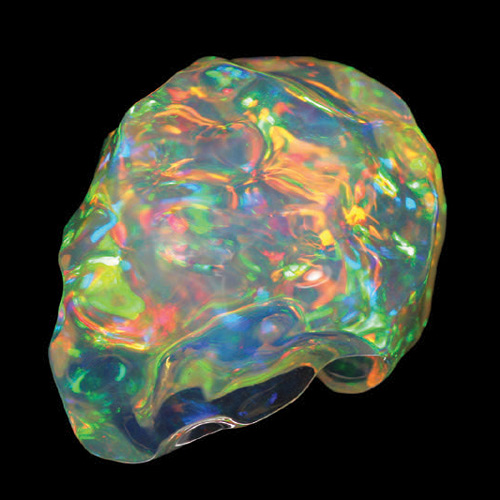
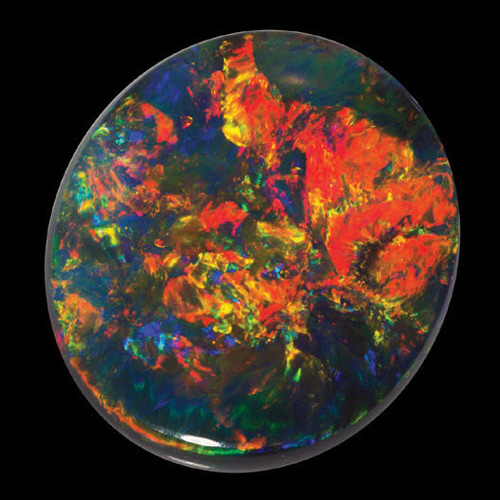
Tradition and Modernity. Karl Faller founded his company in 1953 after completing training as a gemstone cutter. Following his master craftsman examination in gem cutting, the quality and precision of his cut stones traveled beyond the borders of Idar-Oberstein. In 1968, the business moved to Kirschweiler. By the late 1970s, Karl Faller recognized the challenge posed by the emerging mass production of jewelry in low-wage countries, so he focused on cutting high-quality rubies, sapphires and emeralds. In 1984, Faller’s daughter, Heike Faller, the current owner, joined the Karl Faller team. Dr. Konrad Henn, Heike Faller’s husband, joined the company in 2004. Since then, Faller has exhibited at eight major international trade fairs and continues to travel to producer countries in search of valuable gems. Michelle Althöfer, Heike Faller’s daughter has strengthened the management of the family business since her graduation in Communication Design.
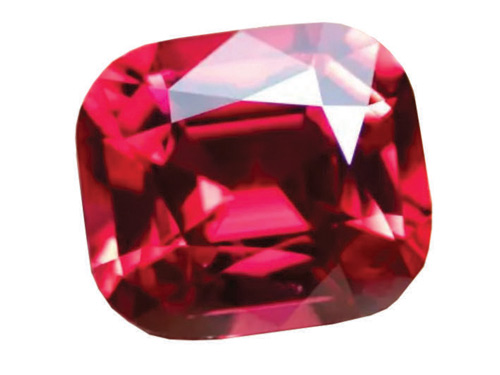
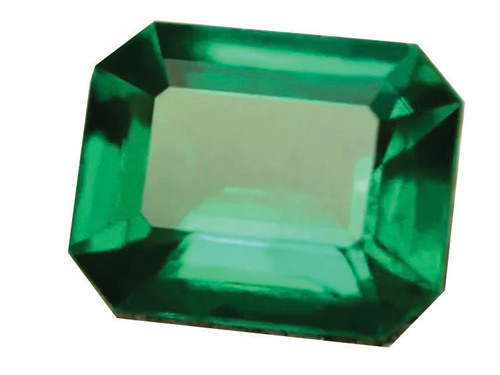
Garnets from Around the World. Hermann Lind II is a respected company in Idar-Oberstein, founded in 1925 by the grandfather of current owner Dr. Thomas Lind. The company specializes in the processing and trading of garnets and has earned a solid place in the international gemstone industry due to its high quality and expertise. Before joining the family business, Dr. Thomas Lind studied mineralogy and geology at the Universities of Heidelberg and Mainz. He served on the Board of Directors of ICA from 1999 to 2007, and was Vice President of ICA from 2003 to 2007. Since 2006, he has been Vice President of CIBJO Sector A. As President of the German Gemmological Society in Idar-Oberstein, he is particularly involved in promoting mutual understanding between the concerns of the gemstone industry and scientific gemology, and supports educational initiatives that broaden knowledge about gemstones and their processing.
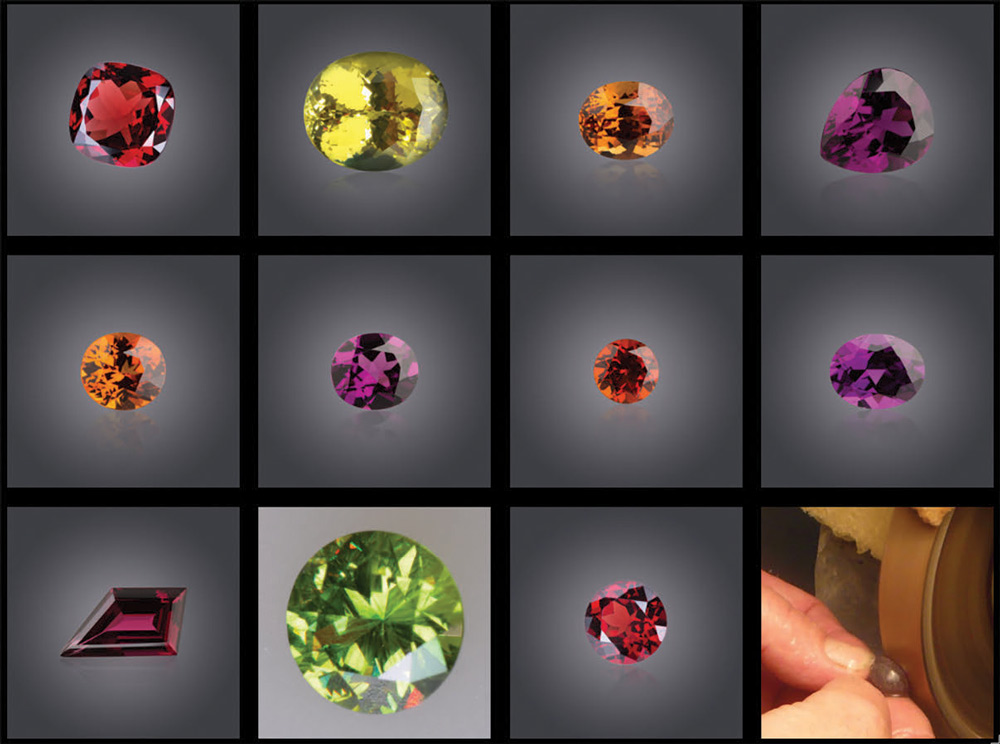
Four Generations. The Henn family has, over four generations, built a respected international reputation for its fine colored gemstones. It has also become known for exceptional gemstone objets d’art, including handmade gemstone bowls. The third strand of the business is Henn of London, creators and makers of bespoke jewelry. Since the 1960s, Hans-Jürgen Henn has traveled the world sourcing the finest in colored gemstones. He works with his son Axel, a gemologist and qualified gemstone cutter, who is involved in most aspects of the Henn business and is based at the headquarters in Idar-Oberstein. A second son, Ingo, is a master goldsmith and runs Henn of London.
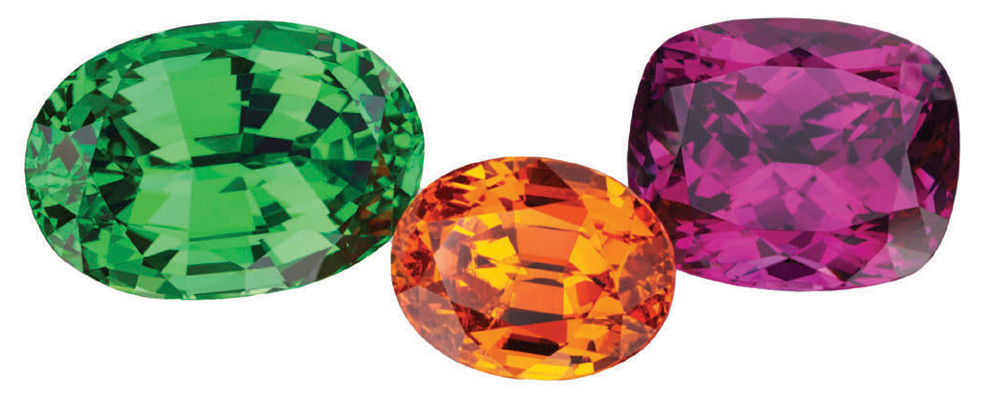
The German Gemmological Association
The German Gemmological Association (Deutsche Gemmologische Gesellschaft e.V., DGemG, formerly= called the Deutsche Gesellschaft für Edelsteinkunde), was founded in 1932 by Georg O. Wild from Idar- Oberstein, together with colleagues from the gemstone industry. Georg O. Wild was influenced by the renowned American mineralogist G.F. Kunz and was a co-initiator in the founding of the Gemological Institute of America (GIA), where he remained on the advisory board.
To this day, the two main purposes of the DGemG enshrined in its statutes are the promotion of gemology as a science and technology, and the development of education and training in the field of gemstones. The first gemstone courses were offered in 1935, but the society’s activities came to a halt with the end of World War II. In 1951, under Prof. Dr. Karl Schlossmacher, the society’s activities resumed, with courses offered again from 1952. Since then, the society has published its own gemological journal, now in its 73rd year.
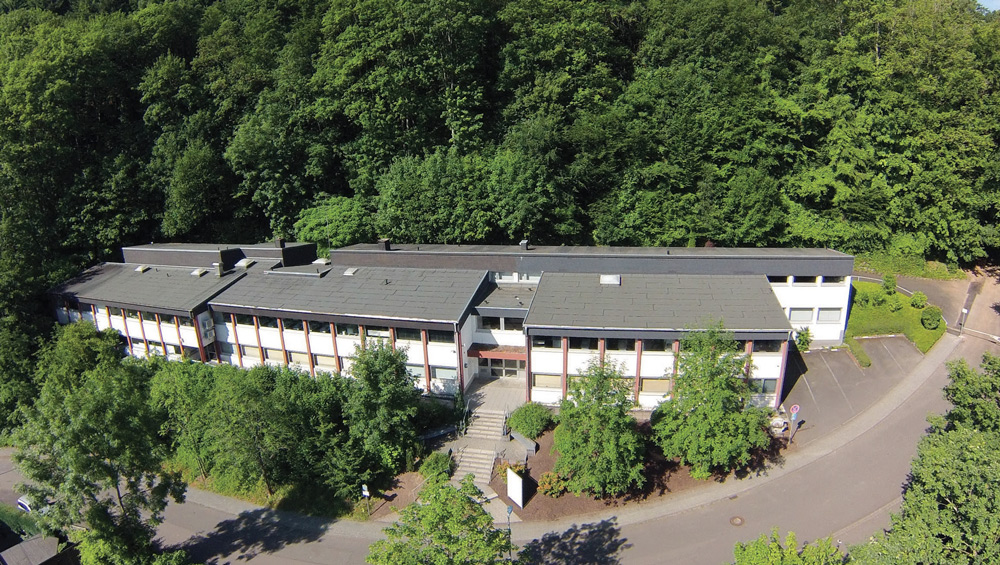
Education and training have been gradually systematized into three areas: gemstone studies, diamond studies and pearls/organic substances. Graduates of these programs proudly bear the title FGG (Fellow of the German Gemmological Association) to this day. In 1969, the DGemG founded the Professor Dr. Karl Schlossmacher Foundation, which has continued since 1979 as the Deutsche Stiftung Edelsteinforschung, DSEF(German Foundation for Gemstone Research).
In 1975, the DGemG’s headquarters was inaugurated, a building specifically designed for gem education and training, which celebrates its 50th anniversary in 2025.
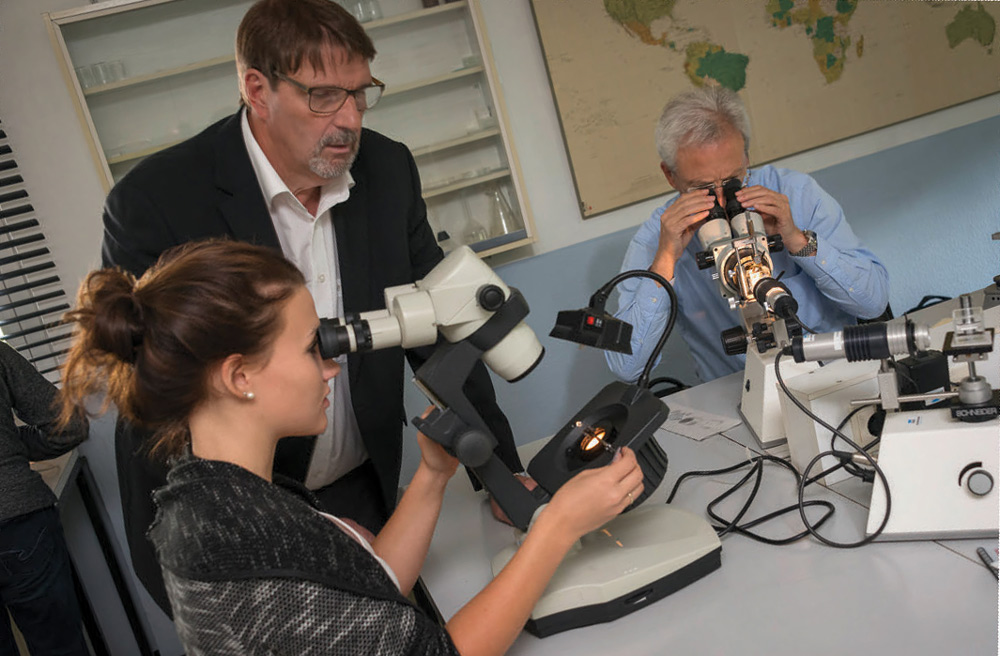
The DGemG maintains close collaboration with research and teaching at geological institutes of various German universities, such as the University of Mainz, as well as gemological societies, institutes and laboratories worldwide. Employees participate as representatives of German gemology in international bodies such as the International Gemmological Conference (IGC), the World Jewellery Confederation (CIBJO), the International Colored Gemstone Association (ICA), the Gemstone Industry and Laboratory Conference (GILC), and the Federation for European Education in Gemmology (FEEG).
Over the decades, with significant support from the German jewelry and gemstone industry, an outstanding teaching collection has been built, providing seminar participants with strong practical relevance during their training. Course contents are continually reformed and updated, supported by their own research, ensuring participants can expect education and training of the highest standard in the future. While digitalization of educational content will play a significant role, the society will continue to focus on presence-based courses with strong practical relevance – benefiting from direct industry contacts in the heart of Europe’s gemstone capital, Idar-Oberstein.
Dr. Tom Stephan, the association’s CEO, states, “At DGemG, we provide training in three specific areas – gemstones, diamonds and pearls/organic substances. In addition, we offer a changing program of advanced seminars, such as the Seminar on Scientific Methods in Gemmology. On average, about 800 participants from around the world visit us each year. A gemstone only fully reveals its fascination when held in the hands. Therefore, DGemG places strong emphasis on practical relevance in education and training. Through our teaching collection, seminar participants have direct access to thousands of precisely characterized reference samples, which they can examine during seminars – all in the heart of Europe’s gemstone capital, Idar-Oberstein, with direct access to the industry.”
The German Foundation for Gemstone Research
Since its founding in 1969, the Deutsche Stiftung Edelsteinforschung (DSEF Gem Lab) has been a reliable partner of the gemstone industry and trade. Located at the heart of the German gem industry, Its main tasks include the research, identification and certification of gemstones, by a team of scientists in state-of-the-art laboratory environments. Loose cut and mounted gems, as well as rough stones are examined for authenticity, treatments, and when possible, their origin.
Dr. Claudio C. Milisenda, Managing Director of the DSEF Gem Lab, has been with the DGemG and its gemological laboratory since 1993. In 1996, he became Director of the DSEF. He has authored or co authored many articles on mineralogy, geology, geochemistry and gemology in journals worldwide. He represents Germany at the World Jewellery Confederation (CIBJO) and the International Gemmological Conference, and serves as a member of the Laboratory Manual Harmonization Committee (LMHC).
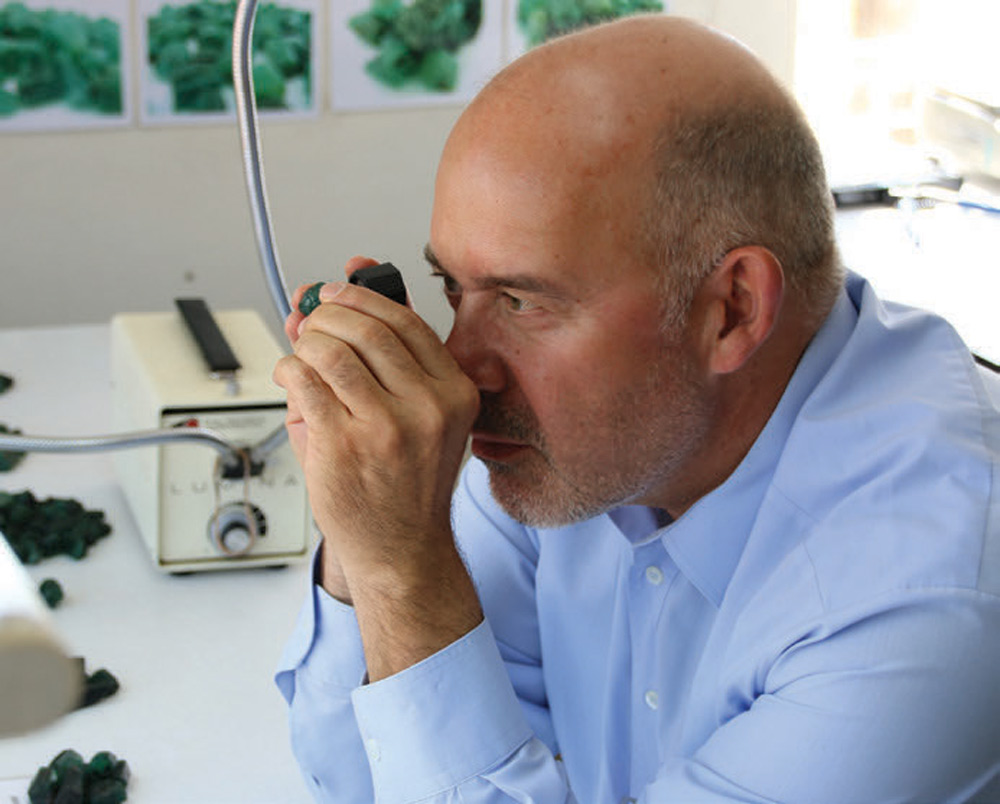
For over a decade, Dr. Milisenda has been a lecturer for the gemology diploma courses of the DGemG and is a member of the editorial board of the journal of the Deutsche Gemmologische Gesellschaft. He has conducted field research in Europe, South Africa and Southeast Asia, and earned his PhD in Earth\ Sciences at the Max Planck Institute for Chemistry in Mainz.
Past, Present, and Ready for the Future
As mentioned earlier, the German gemstone industry has survived centuries with many highs and lows. There were decades referred to as the engraver era, the sapphire era and even the opal era, dominated by the prevailing products of those times.
Today, the range of gemstones manufactured and traded here is so diverse that no single group can play a dominant role as in the past. This expansion of the spectrum has likely prevented development from stagnating. Over the last few decades, new gemstone centers with considerable economic capacity have emerged, and old ones have been rejuvenated.
Gem cutters in Idar-Oberstein have acquired such a high level of expertise and experience that, even today, stones from new discoveries in many countries – including those with their own gem-cutting industries – are sent to Idar-Oberstein to benefit from local knowledge in stone treatment and processing.
Yet, wage developments in Germany have significantly influenced and changed the local gemstone industry. The difficulty in capital accumulation in the country, where support and assistance for such a small industry are very limited compared to some other countries, has brought considerable competitive disadvantages. Political unrest and economic difficulties in origin countries have destroyed or hindered some hopeful cooperation initiatives.
Despite all this, overcoming past crises, maintaining strong global connections, efforts to leverage the latest technical developments for gemstone processing and the opportunities provided by the University and the two international competitions, the German Jewelry and Gemstone Prize Idar-Oberstein and the German Junior Competition for Gemstone and Jewelry Design Idar-Oberstein, all offer good prospects for the healthy development of this ancient industry.
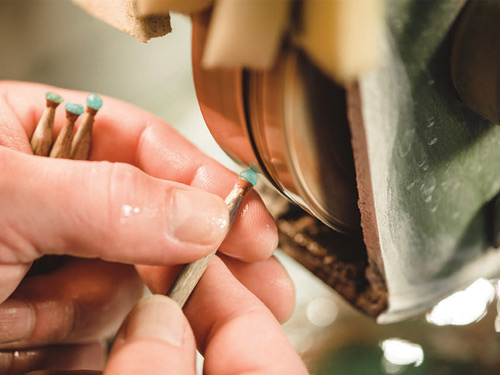

Today’s gemstone processing industry is the result of centuries of development, where all possible gemstone and related professions collaborate broadly: from agate polishers, gemstone drillers, hollow grinders, engravers, heraldic artists, faceters, lapidaries, diamond cutters, silver and goldsmiths, metalworkers, pattern makers, and designers, to genuine, synthetic, and technical stones, from minerals to cut stones to finished jewelry pieces, from good apprenticeship training through technical schools, to the state vocational class for gold and silversmiths and training.
To further stimulate growth in this direction, a technical school for gemstone and jewelry design was founded in 1980, which operated until 2004. Its graduates have repeatedly won prizes in international competitions, giving hope for further and greater successes against the backdrop of intensive training in gemstone processing and jewelry design.
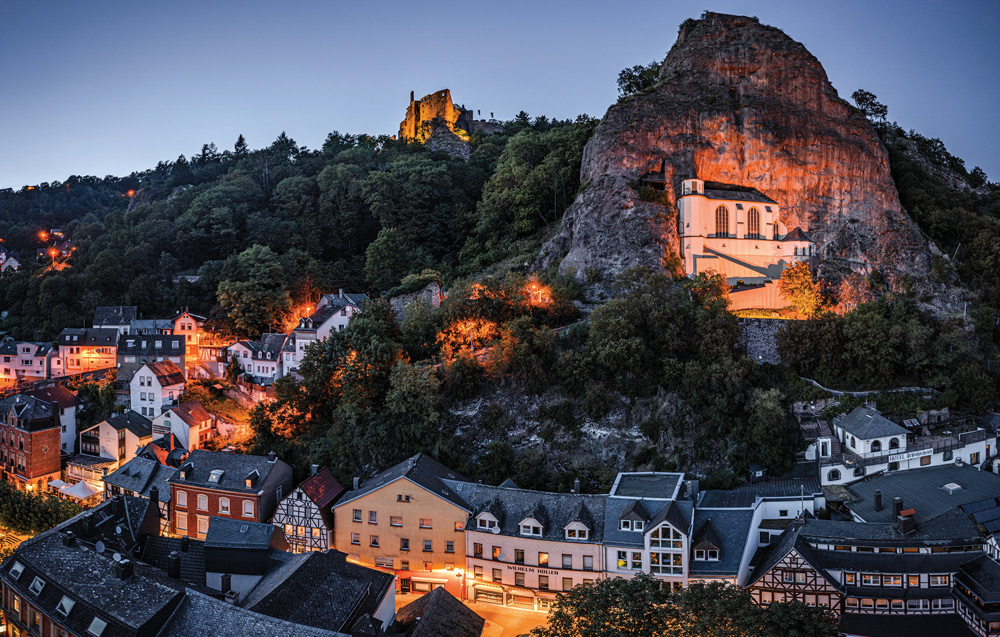
A logical development in this context was also the founding of the University of Applied Sciences for Gemstone and Jewelry Design in Idar-Oberstein, that will celebrate its 40th anniversary in 2026. Here, students and graduates have already achieved numerous national and international awards and prizes.
Today, the trained young talent successfully asserts itself not only in the local industry but also globally. The broad educational offerings at the location are fortunately complemented by the state vocational class for goldsmiths, silversmiths and gem setters, established in Idar-Oberstein in 2005 at the Harald- Fissler School of Vocational Education, formerly known as the Technical School. From the development and production of gem processing machines and tools, the cultivation of laser crystals, research in the gem and precious metal fields, to the German Gemmological Society, laboratories, specialized exams, certificates and jewelry cases, all housed in a small area, this collection is unique in the world. Not to be overlooked are Idar- Oberstein’s exceptional museums, such as the German Gemstone Museum, showcasing over 10,000 exhibits from the world of gemstones, as well as the German Mineral Museum below the Felsenkirche and the Industrial Museum of the Bengel Foundation.
Also to be mentioned is that a number of members of the trade in Idar-Oberstein have taken on important roles in various international organizations dedicated to promoting gemstones. Among them was noted cutter Julius Petsch, who was one of the founders of the International Colored Gemstone Association (ICA) and served as president for two years.

A Welcoming Environment
Because Idar-Oberstein is a global gem center, it has understandably attracted people from around the world who have settled in the area. “During the 1980s and 1990s,” comments Martin P. Steinbach, an Idar- Oberstein resident and dealer in star gems, “many Africans came to sell their rough to the cutters. Some ended up staying and integrated into the community. A number of Indian families also came and worked in the gem trade during the 1970s and 1980s.”

from C. Bansal.
Saurabh Bansal, a second-generation Indian family in the gem trade and president of C.Bansal, explains how his family settled in Idar-Oberstein. “In 1974, there was an effort to create a bourse for colored gems and diamonds in Frankfurt so the government offered work permits to Asians. The Frankfurt bourse did not work out so my father and his brother-in-law moved to Idar- Oberstein. In the years following, 25 Indian families settled in the city, which was open to foreigners and made them feel welcome.”
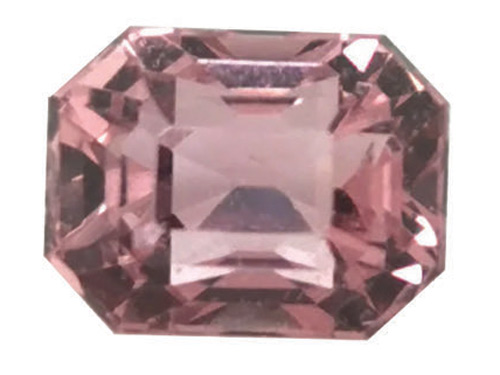
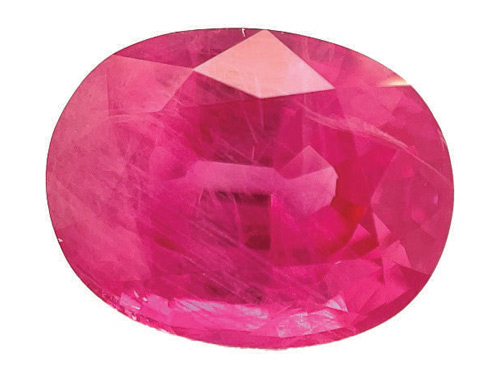
The appeal to the professional visitor to Idar-Oberstein lies in the ability and willingness of local companies to serve their customers with quality, reliability and great expertise and service.
Photos are from the company cited unless otherwise noted






